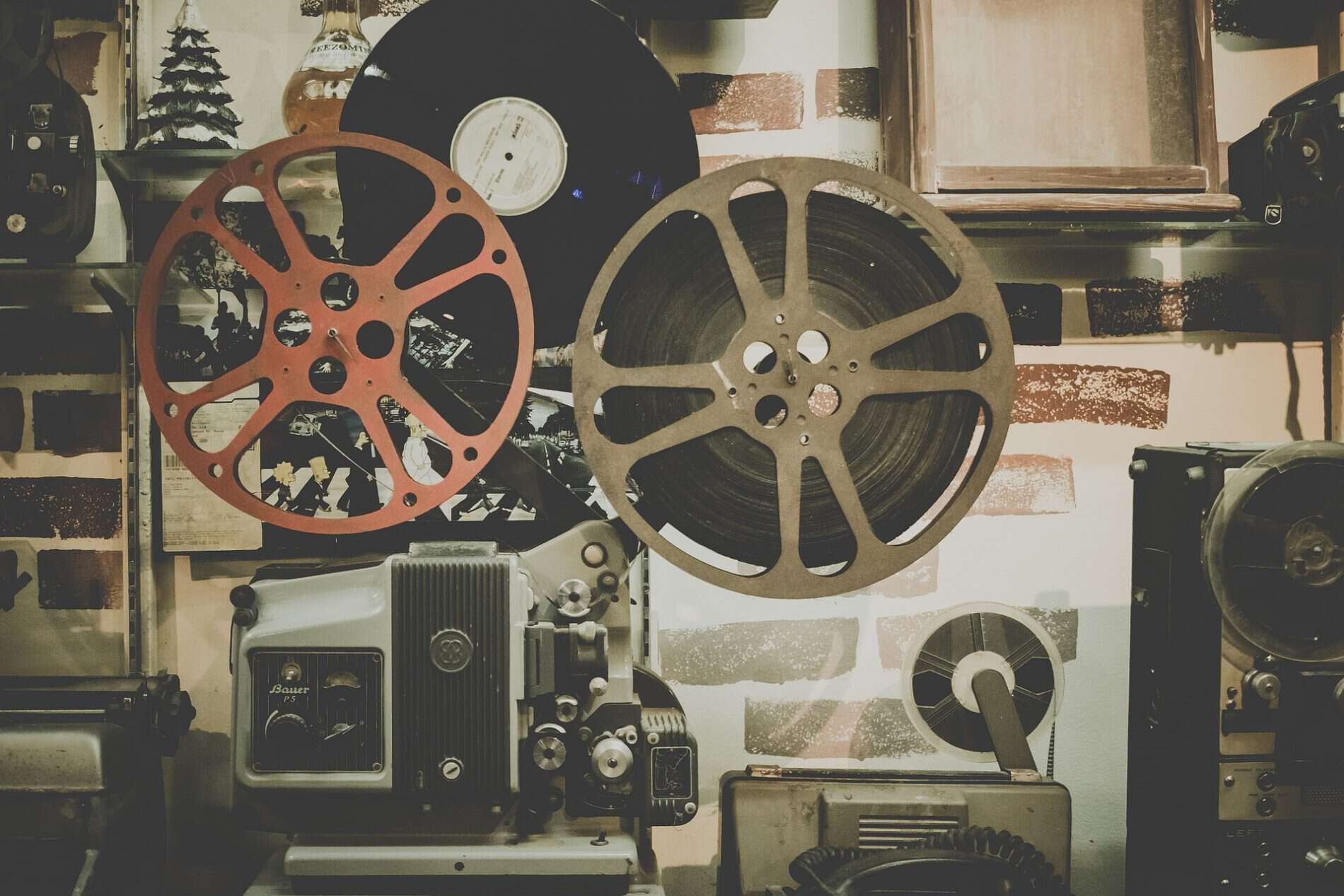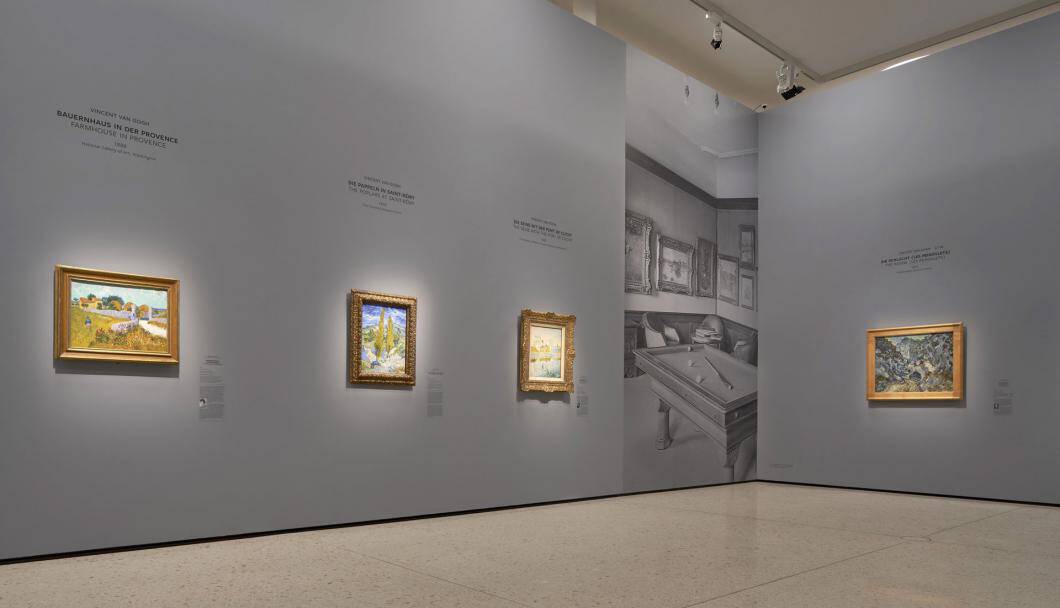It’s hard to know what the Best American Movies of all times will be. They change all the time, and they’re usually not very good.
It’s not those good movies don’t get made. It’s just that they’re mostly mediocre. We probably have a lot of terrible movies in our minds because we see so many mediocre movies. And it’s not just movies: we suffer from the same problem with art and music and literature and philosophy and engineering and science.
So maybe we make too much of it if we talk about the Best American Movies of all times, as though there were some definitive lists we could consult. Instead, we should make a list of things we like and talk about those, as though those were the only things that matter.
The best American movies are not, strictly, our most important films. But they are our most interesting. They are not simply the films that got made here; they are the films that happened to be made here, and they are more interesting than other films.
Consider, for example, Citizen Kane. Many people think it is boring or pretentious, or self-important. But it’s just really hard to get what’s going on in that movie. It’s very hard to see what the point of it all is. And I think that’s why it really is a great movie. You feel you’re just watching a guy talking to his butler about how he was born last week and why does he have to die today. And you’re trying to figure out what this guy is talking about, and it makes little sense until you realize he has some crazy plan for world domination. Then the movie seems like an exciting conspiracy thriller with a moral in its heart. It’s like “The Man Who Killed Don Quixote” except instead of theirs Charles Foster Kane and instead of Sancho Panza there’s his butler named Rosebud.
Beauty and the Beast (1991)
In 1991, “Beauty and the Beast” was the biggest hit of the year. This was a period when movies made from fairy tales were enjoying a comeback after a few decades in decline.
The movie was an adaptation of the Disney animated version of “Beauty and the Beast.” The story is about a handsome prince (Bill Pullman) who falls in love with an intelligent woman (Dianne Wiest). He rescues her from her cruel father (Richard Chamberlain), but curses separate them he puts on them both. She is imprisoned in her own castle, where she has to live as a beast (he’s trapped in his own castle).
The movie takes this story seriously. It goes off into deep unfamiliar territory, showing how much it understands about how fairy tale’s work. You could trace all kinds of connections between these two very different stories: they both start with an impossible wish; they both involve living as someone else; they both involve being so far gone that you can’t see your own face; they both involve learning to love again; they both involve learning what it means to be free.
And it makes you wonder if this is not just another case of Disney taking something that worked for them twenty-five years ago and trying to ride on its coattails.
The Lion King (1994)
If you want to watch a movie that is as beautiful as it is funny and as smart as it is touching, you could do worse than watching The Lion King. It’s not the best movie ever made (that would be Citizen Kane). Nor is it the best movie about animation (the best of those would be A Bug’s Life). But if you want a movie that combines all those elements and more, and which you can happily watch over and over, this is the one.
The Lion King is also a popular illustration of how people can disagree about what makes a good movie. Those who don’t like it say that its plot is simplistic and that its characters are unsympathetic. Yet, to my mind, there are aspects of the plot that are too subtle for even grown-ups to understand: for example, the two cubs’ jealousy of their father. And I think the characters are wonderful: especially Timon and Pumbaa, who give each other such loyalty and trust that we cheer for them even against our better judgment.
But even if you don’t like this film, I’m sure you agree with me it’s worth having seen at least once.
Toy Story (1995)
Toy Story, like all of Pixar’s movies, was made on a limited budget. It seems amazing to us now, but at the time it was unheard of for a big studio to give away half a billion dollars to make animated movies.
But back then, it seemed like a good idea: animation has always been one of the most expensive and difficult forms of filmmaking. The movies that had been produced were mostly for children, and those aimed at adults was low-brow and cheap. But now there were cheap computer graphics, so you didn’t have to draw everything by hand anymore. And storyboards could be done in advance, so you could plan what you needed to shoot and when. So Pixar set out to make a movie that would be as good as live action, and would cost the same.
Everyone involved had read Toy Story as a kid. They knew it would work both as a movie and as an idea: if you could tell stories with toys, why not tell stories with real people?
Shrek (2001)
This movie is not the best American movie of all time. That would be Citizen Kane or Casablanca or maybe Rocky or The Godfather; but this movie isn’t bad, either.
There are too many good movies to pick out, one that is better than the others. There are movies you like to watch repeatedly, like Casablanca; there are movies you like to watch once in a while, like Citizen Kane; there are movies you like for a few minutes, like Shrek; and there are movies you like to ruin for your friends, like The Godfather.
It’s hard to say which category Shrek belongs to. It has a lot of the things you might expect from a movie about a green ogre: a hero who learns a lesson and wants his wife back, lots of slapstick violence and cartoonish characters who might as well be cartoons. But it also has tenderness and subtlety. It has genuine empathy for its characters, as well as an understanding of what makes them tick that makes them more than cardboard cutouts. And it has intelligence that those other movies don’t have.





